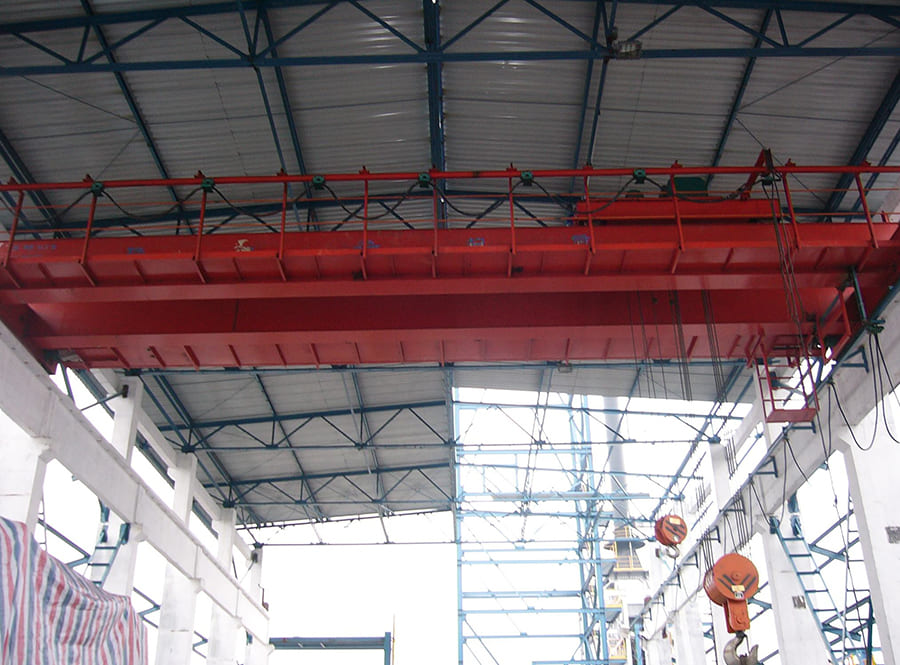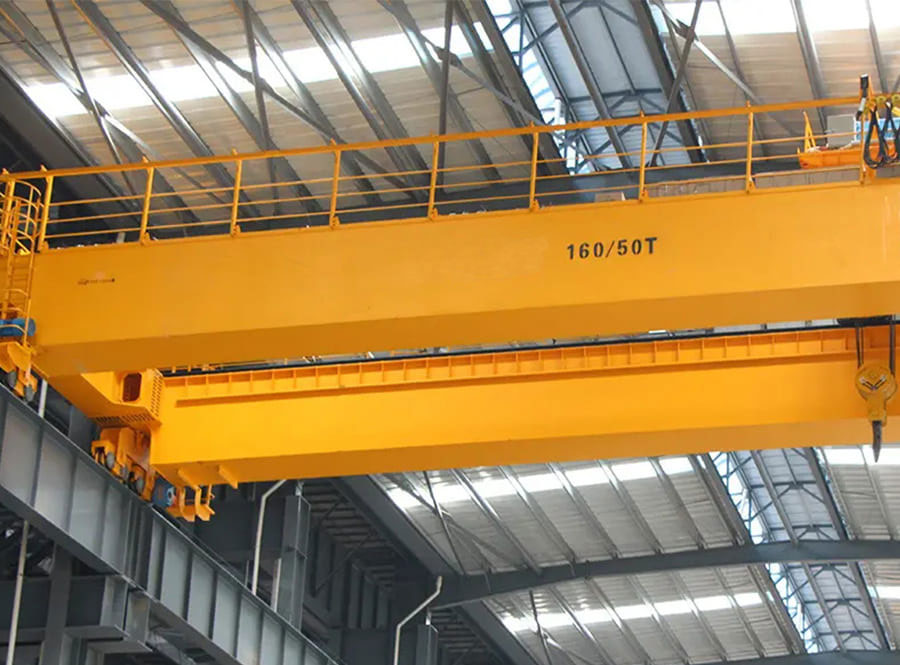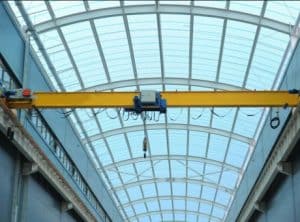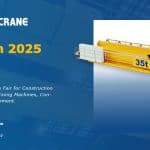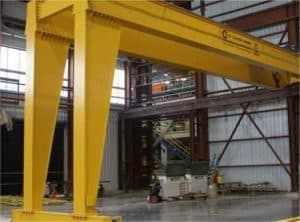In the world of heavy lifting and industrial operations, the 100-ton bridge crane stands as a true marvel of engineering. With its immense strength and capabilities, this colossal machine plays a vital role in various industries, facilitating the movement of heavy loads with precision and efficiency. In this article, we will delve into the fascinating world of the 100-ton bridge crane, exploring its features, applications, and the impact it has on modern industrial operations.
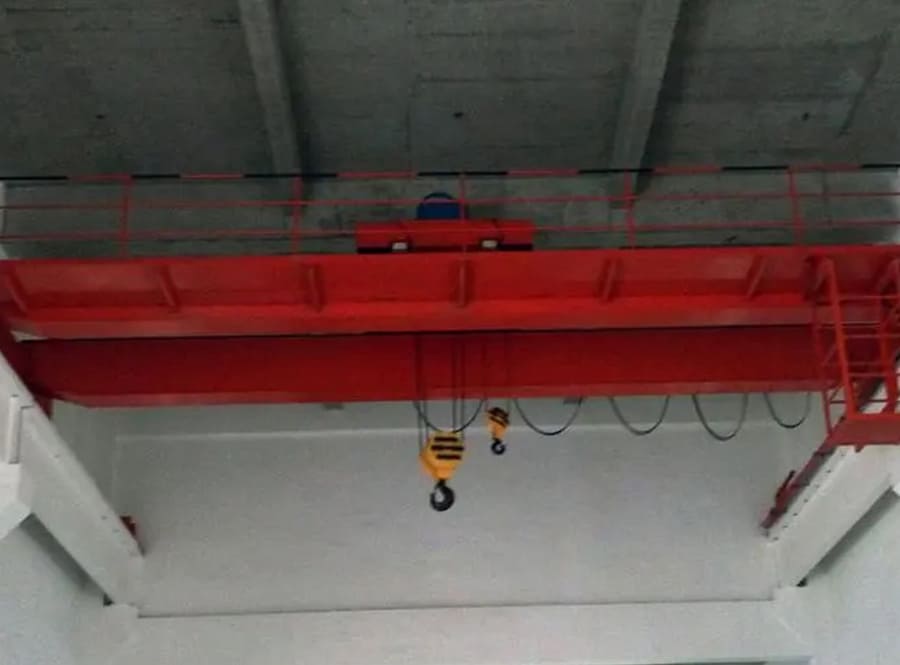
- Unveiling the 100-ton Bridge Crane:
The 100-ton bridge crane is a heavy-duty lifting system designed to handle massive loads weighing up to 100 tons. It consists of a robust steel bridge spanning the workspace, supported by sturdy end trucks that traverse along elevated runways. The crane’s hoist and trolley system enable vertical and horizontal movement, allowing for precise positioning and transport of heavy objects. - Features and Components:
A typical 100-ton bridge crane comprises several key components, including the bridge structure, end trucks, hoist, trolley, and controls. The bridge itself is engineered from high-strength steel, providing stability and support for the lifting mechanism. The end trucks house the wheels and motors that enable the crane’s lateral movement. The hoist, equipped with heavy-duty ropes or chains, lifts and lowers the loads, while the trolley moves horizontally along the bridge, facilitating lateral transport. - Applications across Industries:
The versatility of the 100-ton bridge crane makes it indispensable in numerous industries. In manufacturing plants, it aids in the assembly and movement of large machinery, such as turbines or heavy equipment. In construction sites, the crane assists in erecting steel structures and positioning precast concrete elements. The shipping and logistics sector benefits from its ability to load and unload heavy cargo in ports and warehouses. Additionally, the 100-ton bridge crane finds applications in industries like mining, aerospace, automotive, and power generation. - Enhanced Safety and Efficiency:
Safety is of paramount importance in heavy lifting operations, and the 100-ton bridge crane incorporates various safety features to ensure secure operations. These features may include overload protection systems, emergency stop buttons, anti-collision devices, and advanced control systems. The crane’s precise controls, along with its robust construction and lifting capacity, contribute to enhanced efficiency, reducing the time and effort required to move heavy loads. - Maintenance and Inspections:
Regular maintenance and inspections are crucial to ensure the continued safe and efficient operation of the 100-ton bridge crane. Qualified technicians conduct routine inspections, checking for any signs of wear, damage, or malfunction. Lubrication of moving parts, examination of wire ropes or chains, and calibration of safety systems are part of the maintenance process. Following manufacturer guidelines and adhering to industry standards are essential to uphold the crane’s reliability. - Advancements in Technology:
Like many other industries, the field of heavy lifting is witnessing technological advancements. The 100-ton bridge cranes are now equipped with intelligent features such as remote controls, automated operation, and real-time monitoring systems. These advancements enhance safety, efficiency, and productivity, allowing operators to monitor crane performance, detect faults, and optimize operations.
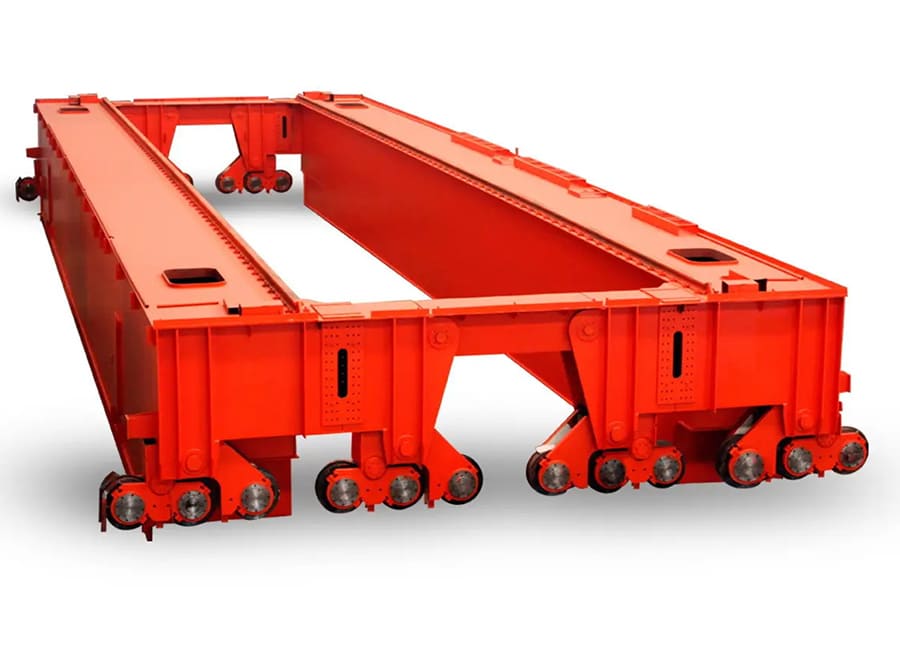
Conclusion:
The 100-ton bridge crane represents a remarkable engineering achievement, enabling industries to tackle the challenges of lifting and transporting heavy loads. With its immense strength, precision controls, and versatility, this engineering marvel continues to play a vital role in various sectors, boosting productivity, ensuring safety, and driving the progress of modern industrial operations.








